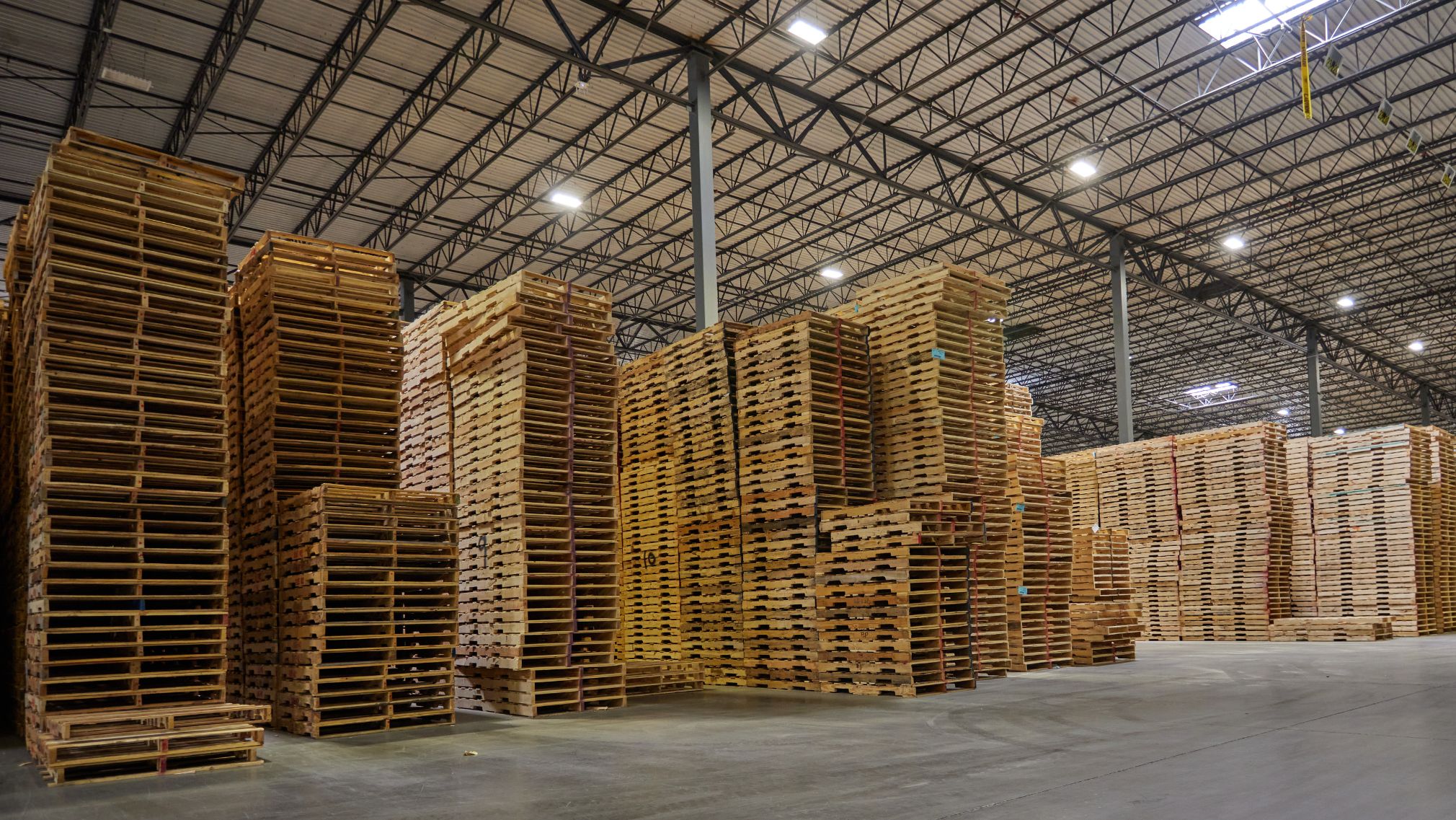A Guide to Preventing Rust and Corrosion While Storing Steel and Metal
Storing steel and metal involves implementing various protective measures to prevent rust formation. These measures include thorough cleaning, proper...

As wholesale growers venture into direct-to-consumer e-commerce, understanding effective shipping and packaging techniques is essential. This guide provides crucial information that will help ensure your plants arrive safely and in excellent condition.
E-commerce in horticulture has seen significant growth, especially since the COVID-19 pandemic. Many wholesale growers adapted to the pandemic by adding e-commerce sales channels to meet the increased demand for home delivery and the convenience it offered customers. However, this transition has introduced new challenges, such as managing the unique requirements of shipping live plants on a smaller scale, dealing with extreme weather, and handling delivery delays.
Effective packaging is crucial for the safe shipping of plants. This delicate cargo’s health and appearance are easily affected by rough handling and adverse weather conditions. Read our four points below to understand the strategies you can adopt to ensure your plants arrive to customers in pristine condition:

Example of "FRAGILE" and "This Side Up" labels for safe shipping and handling
Additional Tips:
Following these simple practices can ensure your plants are well-protected during transit, reducing the risk of damage and delivering overall customer satisfaction.
While UFP Packaging manufactures plant racks for bulk/wholesale orders, we also support the growing direct-to-consumer e-commerce plant market.
We offer corrugated and custom wooden boxes for plants of all sizes with protective packaging options such as bubble wrap and plastic wrap to safeguard soil and root balls. UFP Packaging distributes pots and containers from leading brands like Nursery Supplies, HC Companies, Pöppelmann Plastics, and Landmark Plastic. We also manufacture full-color adhesive plant labels to ensure your product communicates your brand message and the plant’s cultural requirements.
For more information, call us at (855) 680-0847 or request a consultation here.
Want to receive all of the latest packaging news and insights?

Storing steel and metal involves implementing various protective measures to prevent rust formation. These measures include thorough cleaning, proper...

Creating a workplace culture of health and safety is about finding and preventing dangers that an employee could be exposed to. All organizations...

In pursuing operational excellence, businesses are increasingly reevaluating their strategies to navigate intricate supply chain dynamics. If your...